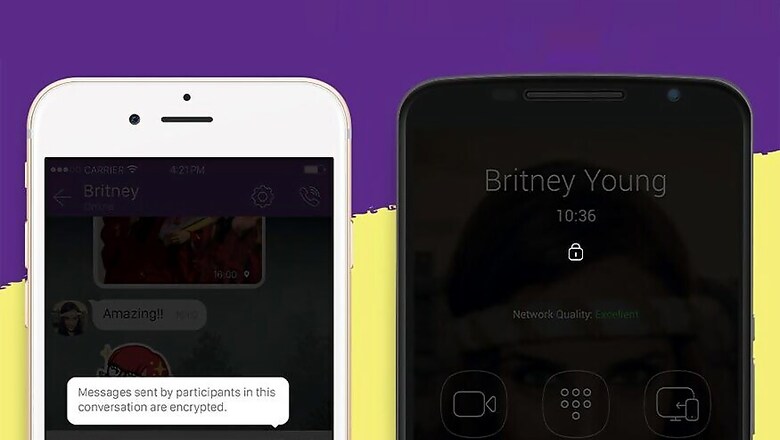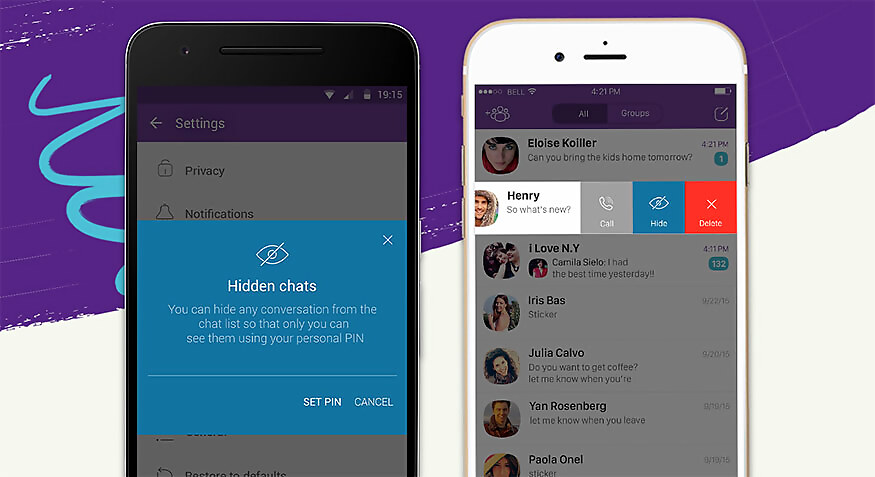
views
Viber is following on the heels of WhatsApp and has introduced an end-to-end encryption feature. The messaging app, which counts more than 700 million users, will offer the privacy feature on all calls and messages on its platform, as well as on group chats.
With end-to-end encryption, user messages are kept private during transit, as well as from service providers. However, users will have the option to select the level of security of their choosing.
The feature will function across iOS and Android, plus PCs and Mac desktops.
Besides, Viber has also launched Hidden Chats that will allow users to hide specific chats from the main screen so no-one but the user knows they exist.

"Our team at Viber has been working hard to give you more control over your private conversations. Today we are taking another step in this direction by making your private communication even safer through end-to-end encryption, hidden chats and message deletion," Viber COO Michael Shmilov said in a blog post.
He added that the company has been working on this for a long time and users can "confidently use Viber without fear of their messages being intercepted - whether it is in a one-to-one or group message, on a call, on desktop, mobile or tablet".
Earlier this month, Facebook-owned WhatsApp had announced end-to-end encryption to protect conversations of its over one billion users from hackers and "regimes".
The development came close on the heels of a legal battle between Apple and FBI over the US agency's demand that the iPhone maker help unlock its mobile phones. Many Silicon Valley players had supported Apple citing that user data privacy needs to be respected.
In April last year, the company had announced crossing the 40 million-user mark in India.
Japan's Rakuten bought privately-held Viber from Israeli entrepreneur Talmon Marco for $900 million in February 2014. Viber's competitors include apps like LINE, Hike and WhatsApp.
"We're rolling this out globally over the next two weeks, and you'll see a grey padlock to confirm you are secured. Additionally, we've ensured each user has an individual cryptography key associated with his or her device, allowing you to benefit from an added layer of security," Shmilov said.
Users can manually authenticate contacts to select they are "trusted" that changes the lock colour to green.
"If you ever see a red lock it means there is a problem with the authentication key. The breach may simply mean that a user has changed his or her primary phone. However, it can also indicate a man-in-the-middle-attack. To solve a possible breach state, the participant needs to be re-trusted," he said.
(With inputs from agencies)

















Comments
0 comment